Between neighborhoods: (im)possible photographic scenes
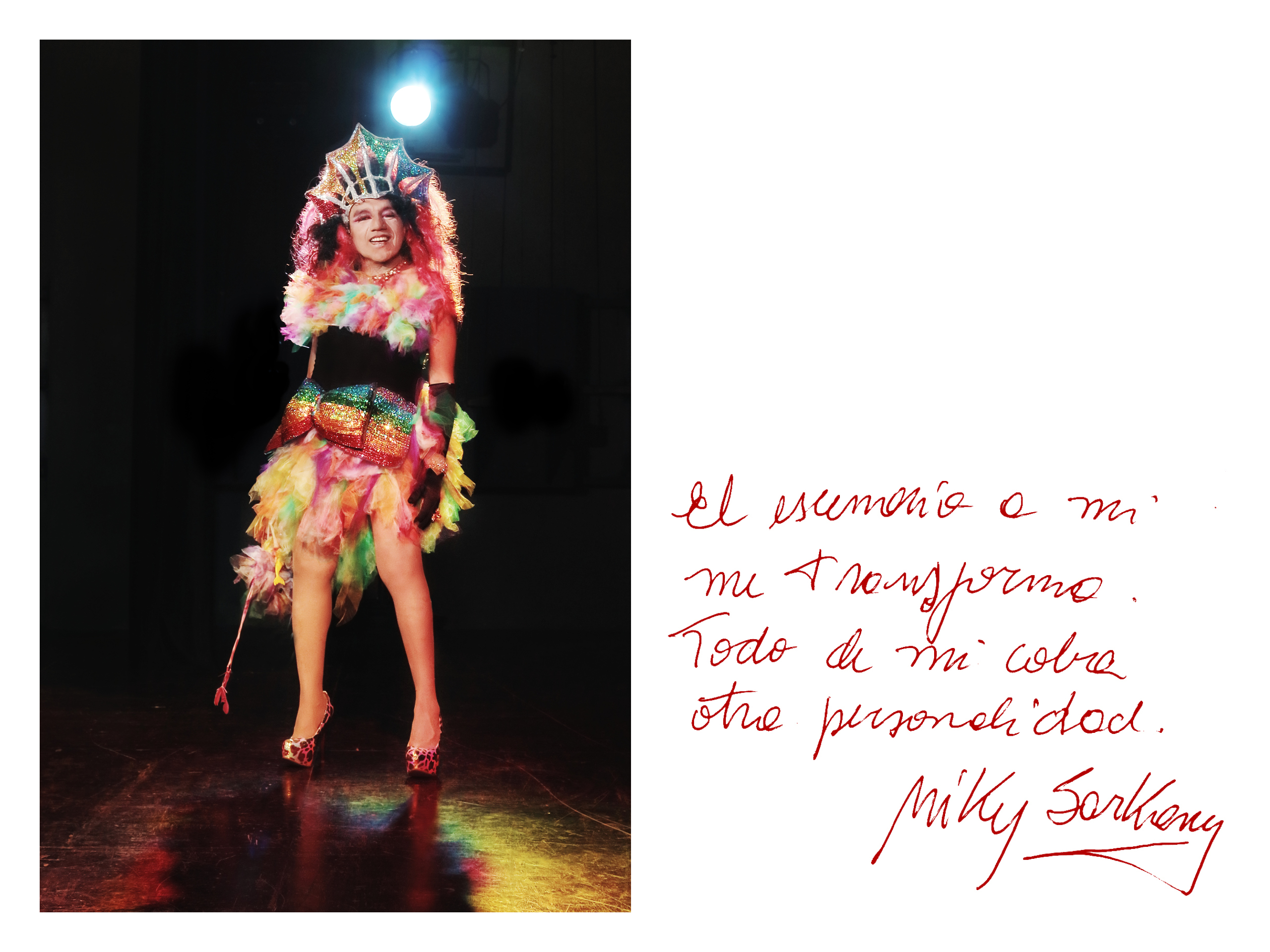
Photographic exhibition with the "Visto y Nuestro Workshop" as part of the exhibition "Soy Chaqueño y Contemporáneo" at the Casa de las Culturas in Resistencia, Chaco, Argentina.
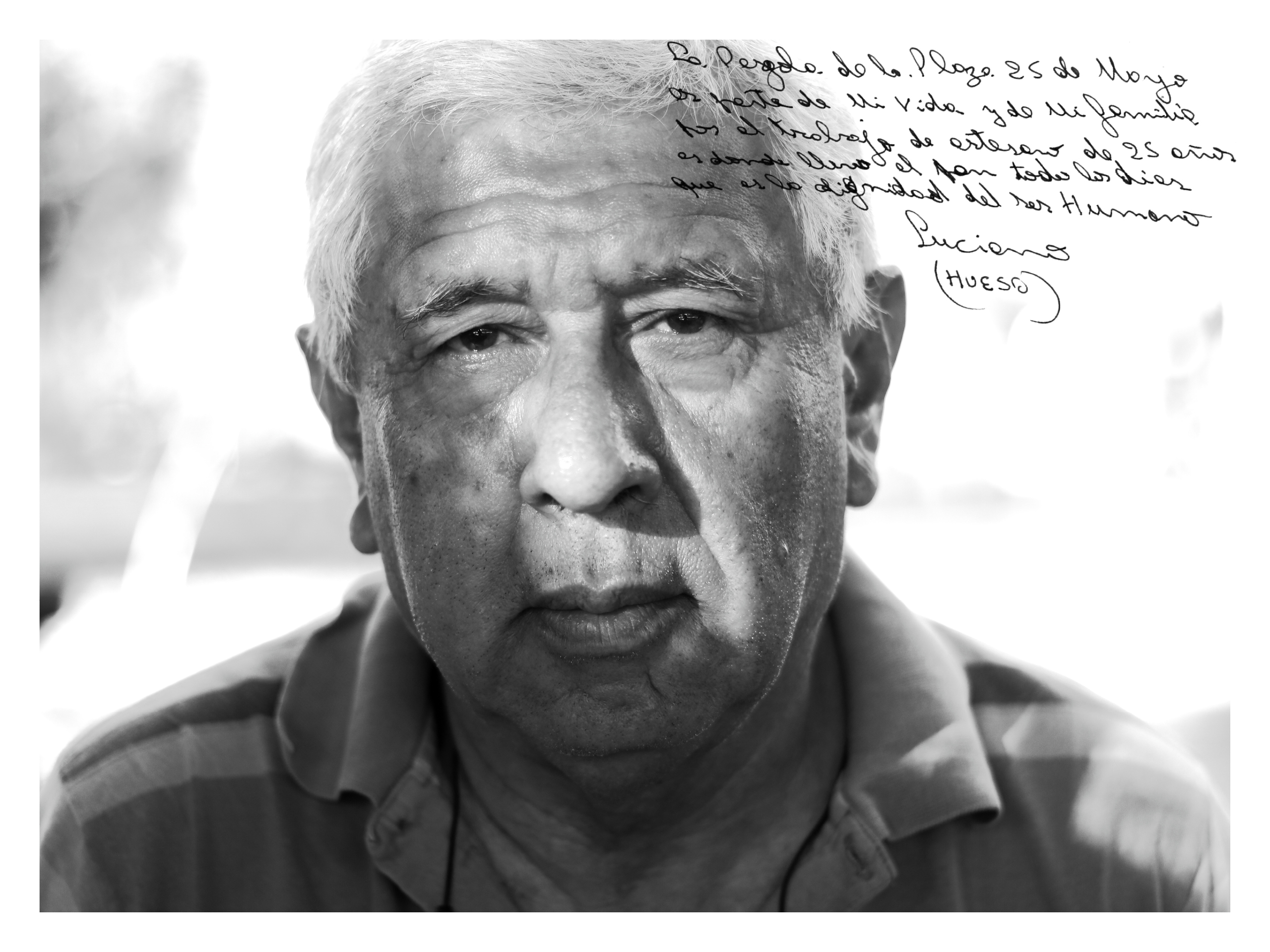
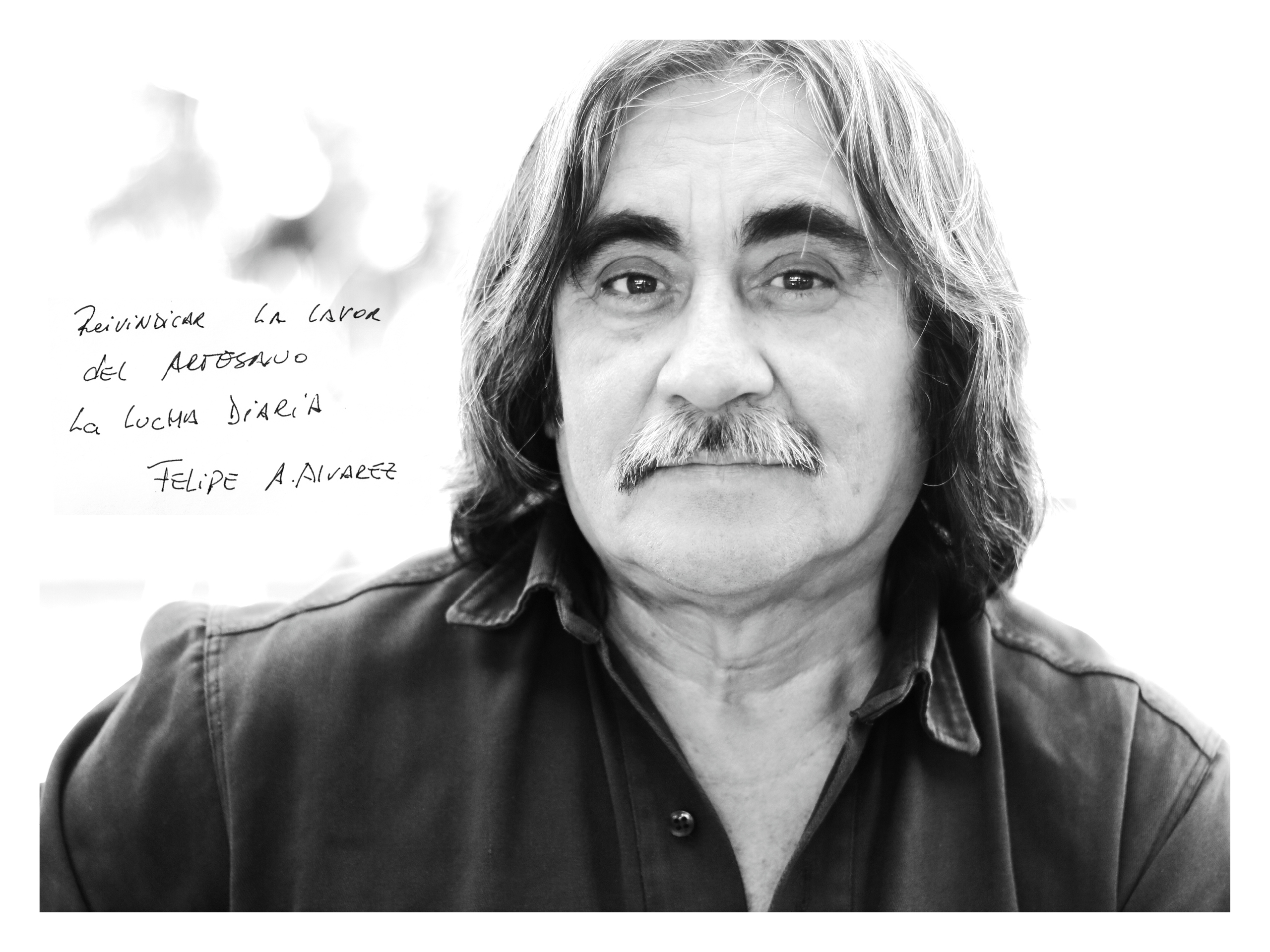
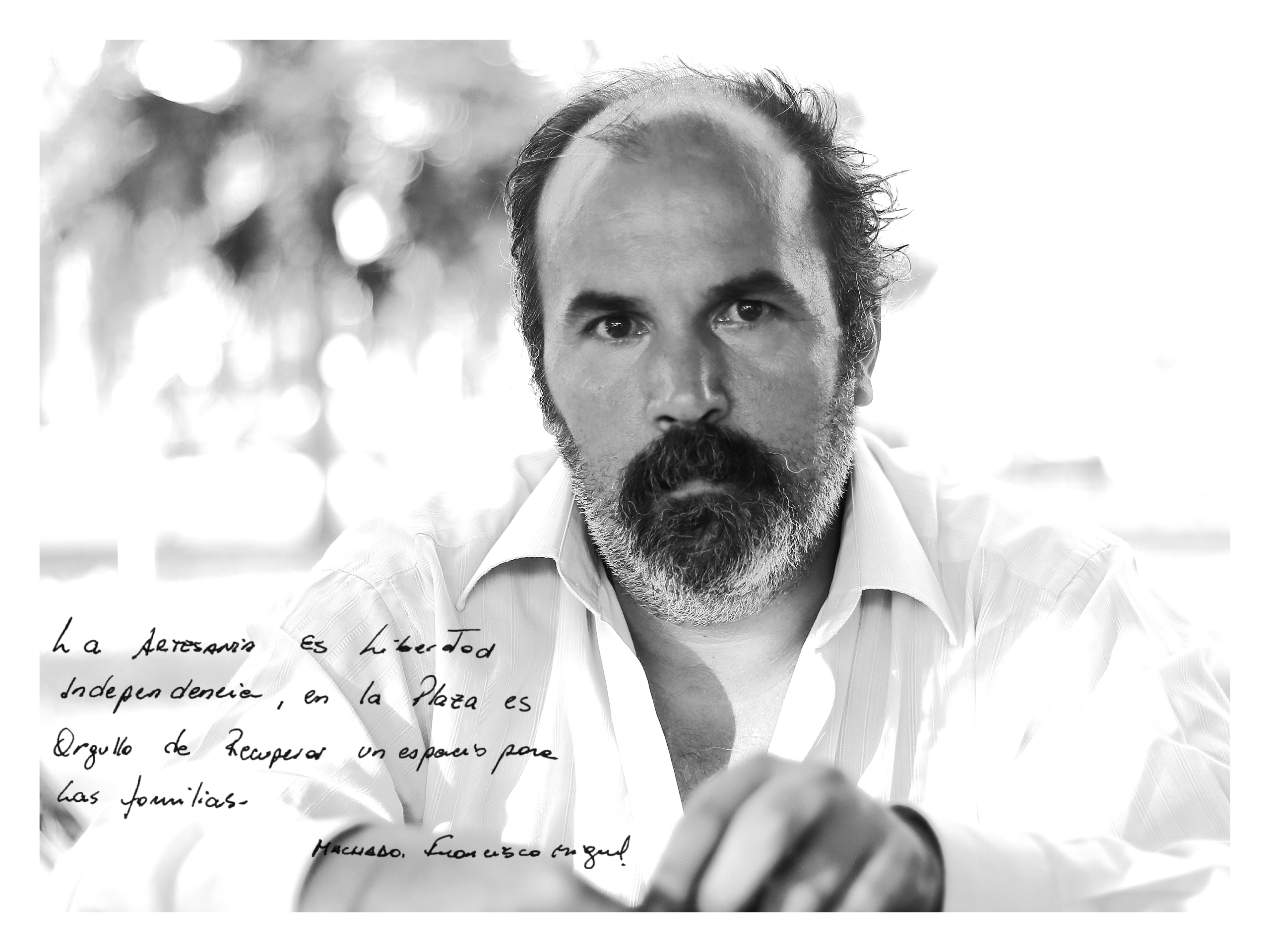
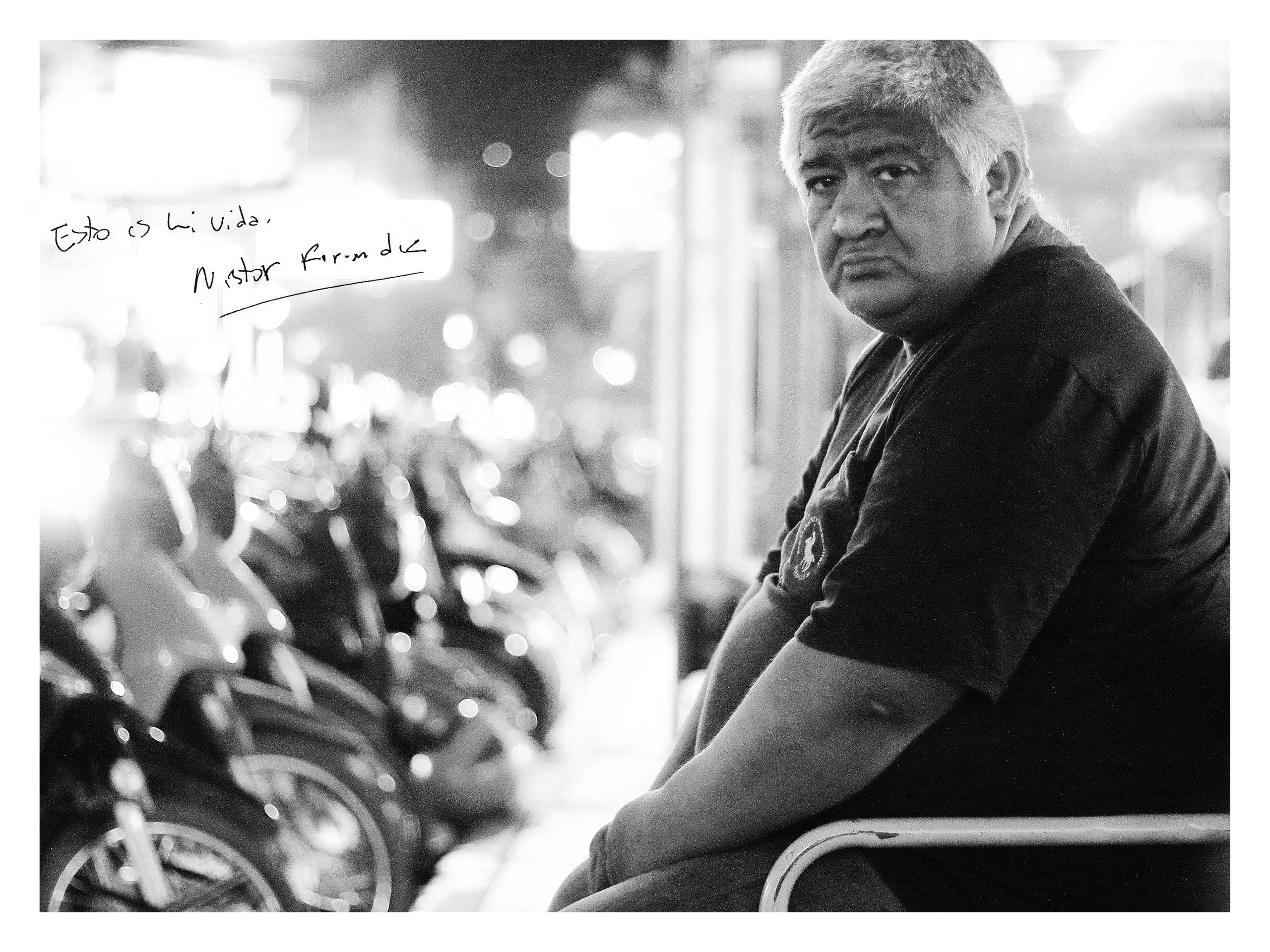
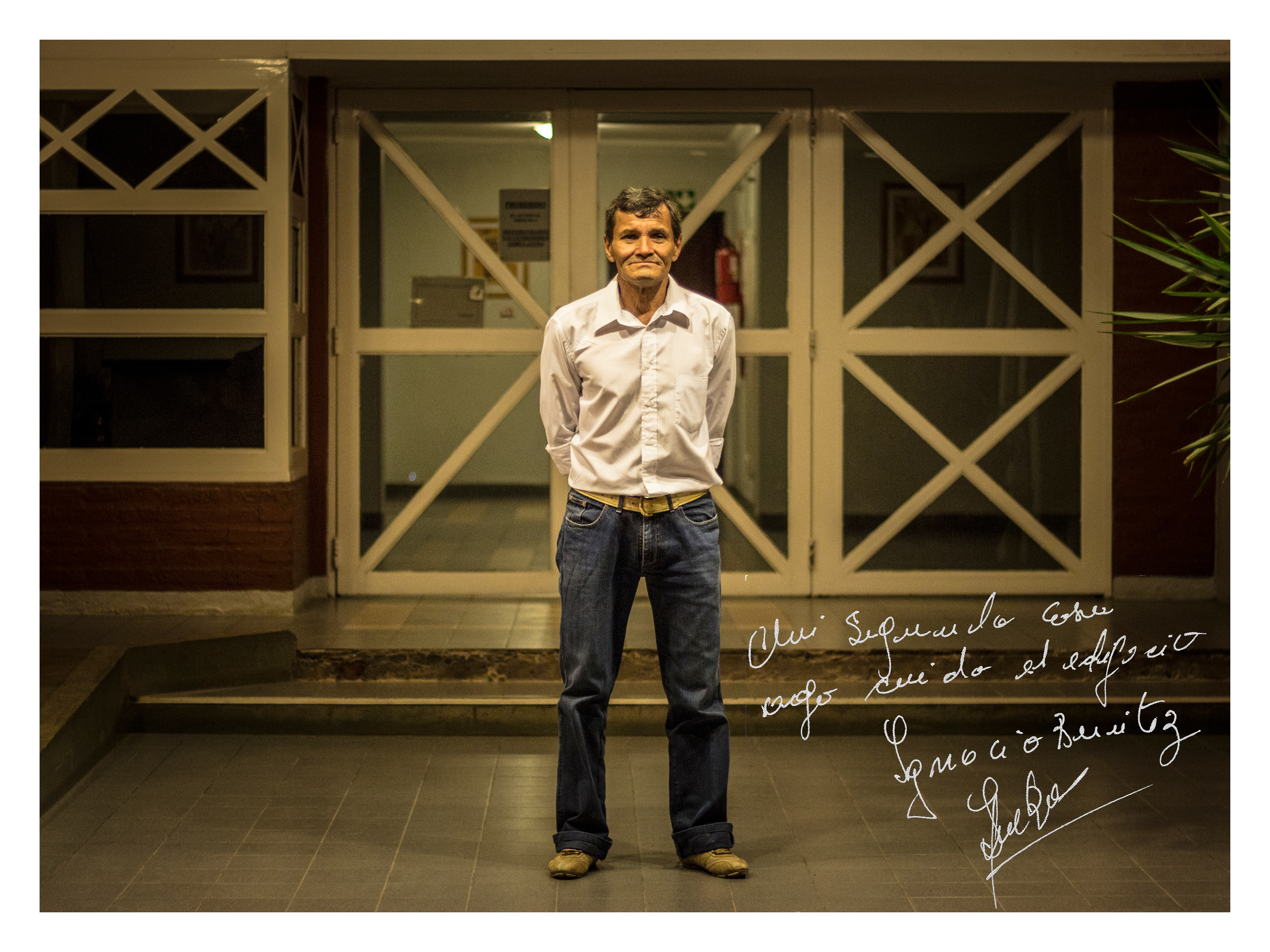
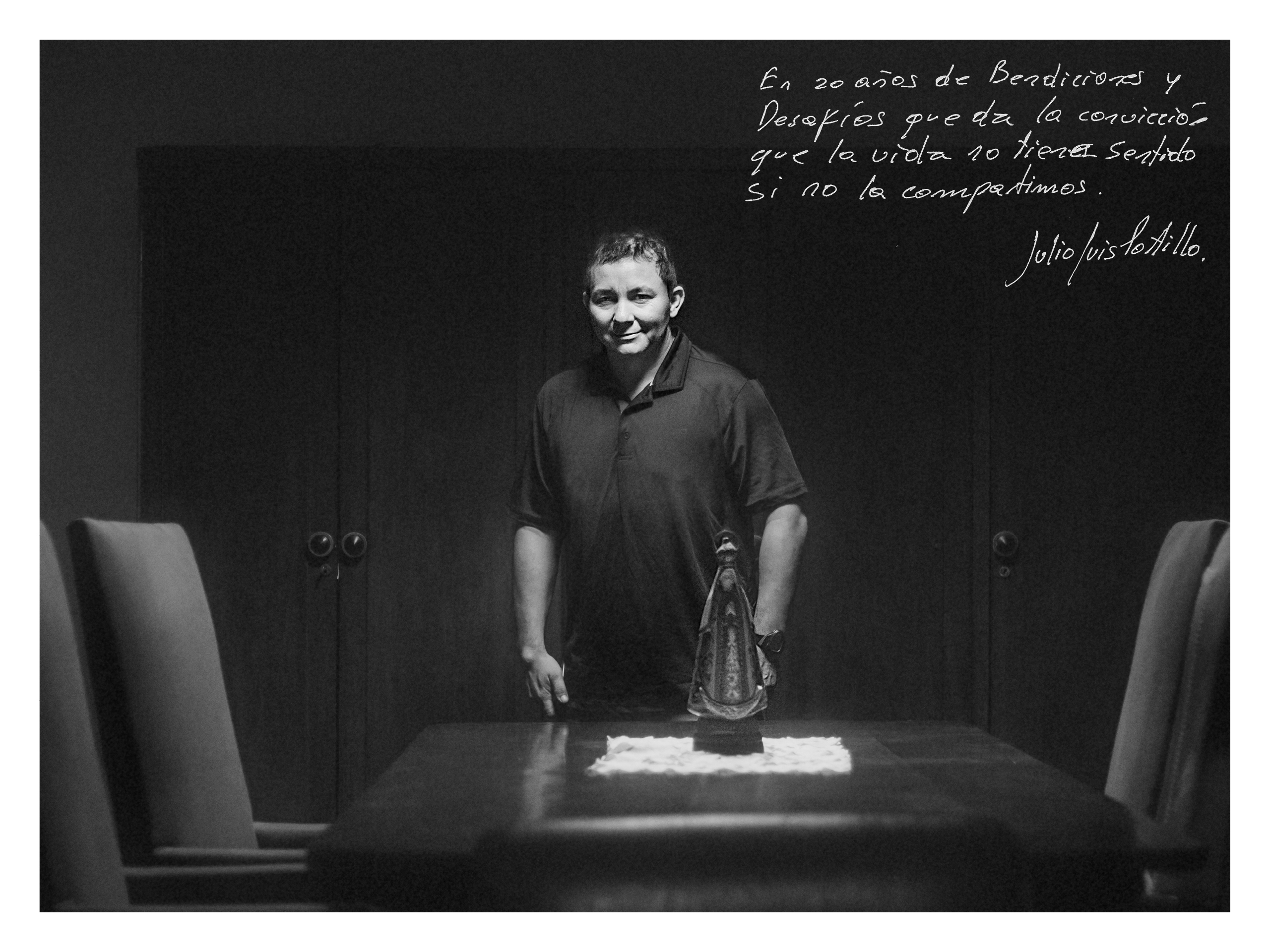
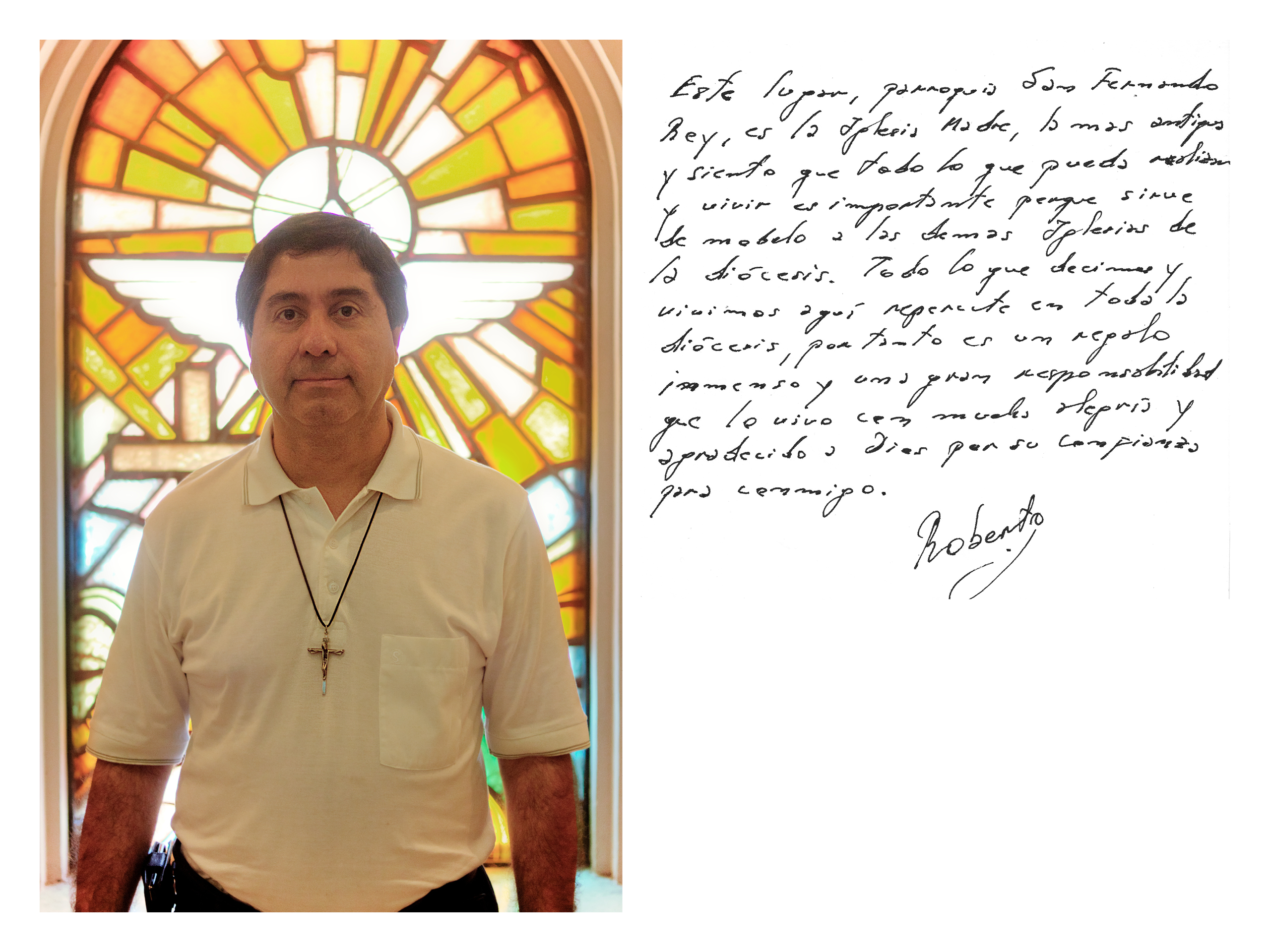
Below is the review written by Dr. Mariana Giordano.
Any photograph is unique, perhaps that's why so many must be taken, without stopping, precisely because each one is a unique fragment of something that always eludes...
— Régis Durand, 1998.
The uniqueness of the photographic image, its fragmentation of moments, the construction of micro-scenes, its indexicality as well as its iconicity, are revealed in the collective of artists who, from their individual productions, decided to present themselves in a common space at the exhibition "Soy Chaqueño y Contemporáneo." From the universe of what is photographable, they first focused on the "neighborhood," which is not always "their neighborhood," but rather the one that, from a place of daily action, is configured as such. The neighborhood is also not understood as a spatial configuration, but as an experiential one, full of traces that, with an emphasis on the reference, is intended to be visually explored, investigating, enhancing, and (re)configuring (im)possible photographic scenes.
[...]
Sebastián Romero enters the intimacy of people through the relationship they establish with spaces. He plays a double game in relation to the image and identity/identities: this game starts by identifying the person through their portrait, but at the same time, by asking them to write about an aspect of their individual memory as a caption for the photo, the image enters into a relationship with the space that the subject refers to as "their place." Intimate aspects of the subject are articulated with spaces and social activities through image and text. As Duran expresses in the above-quoted phrase, much of the image "eludes": Romero tries to compensate for some of the small fragments that are lost in the image by what the subject writes, knowing that it is merely another trace among many possible ones that configure a portrait. The viewer is challenged to configure a meta-image of the image, the text, and their own perception of the spaces and references to which both allude.
[...]
In this way, this group of photographers, who originally gathered to discuss and exchange experiences related to artistic and photographic practices, share the understanding that their records serve as testimonies that refer to a "reality," but only a part of it: the one resulting from aesthetic, cultural, ideological, institutional criteria, among others. In Chaco's art scene, there have been few spaces for discussion about the relationship between photography and painting in particular, and about the photographic image and other forms of visual and object-based expression. This group of photographers is initiating this debate with a production that links the documentary and referential with the relational and conceptual. Broad fields open up in these dialogues, which in other contexts have yielded fruitful results and, for that reason, need to be sustained.
Dr. Mariana Giordano
December 2013